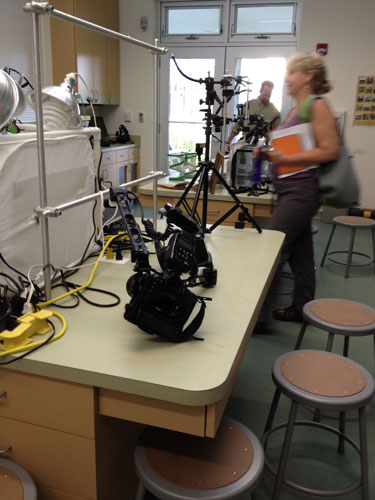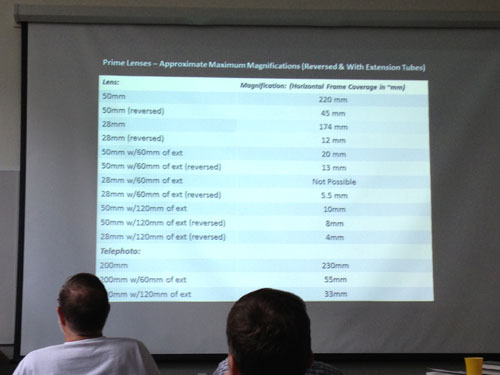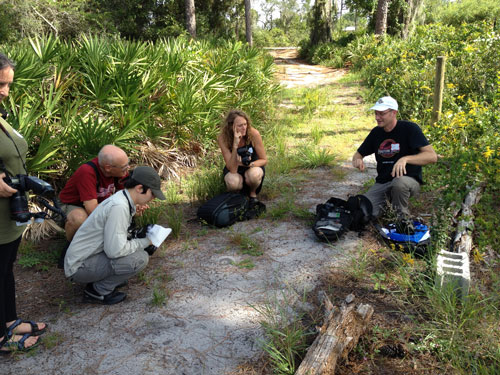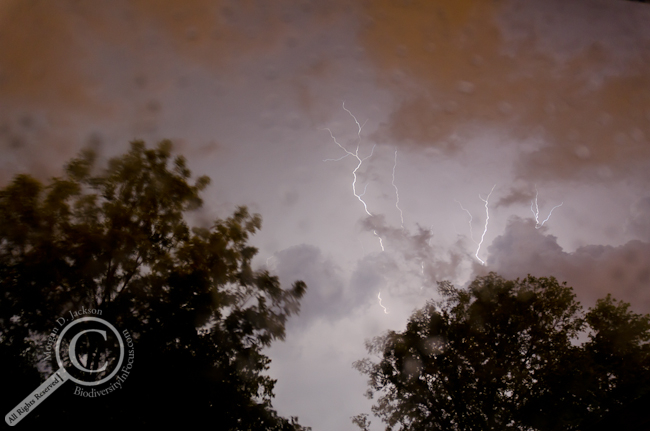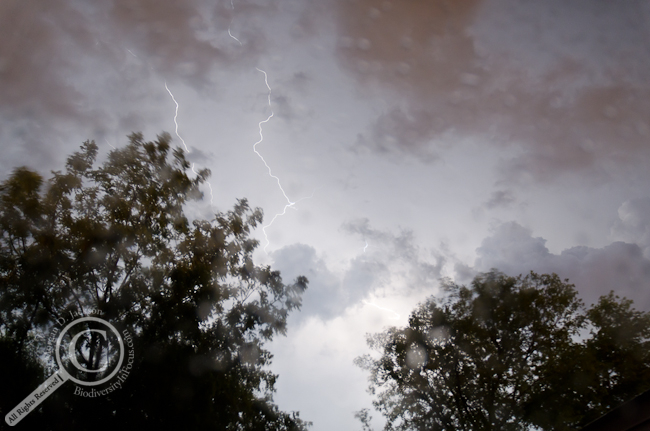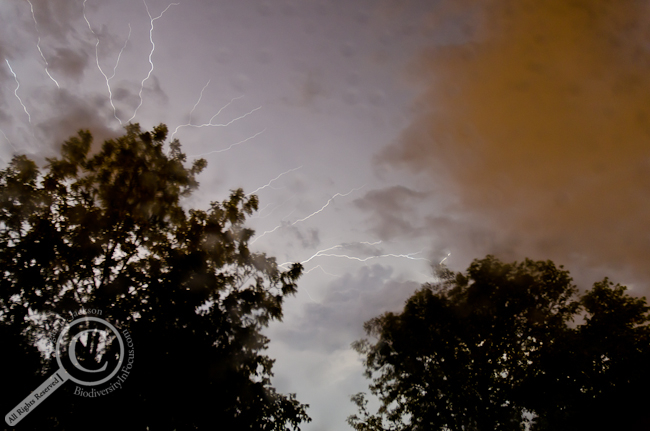You may have noticed that this blog has been rather quiet lately. Too quiet… My apologies for that, as there’s been a lot of cool science going on in my absence! I hope to get caught up on some of the delightful Diptera discoveries that have been published lately, not to mention all sorts of other fun stories, but for now they’ll have to wait for another day.
Why have I been neglecting the blog as of late? In January I was offered the opportunity to build and teach a Horticultural Integrative Pest Management and Plant Health course for Mohawk College in Hamilton, and I saw it as an excellent chance to expand my CV and gain valuable teaching experience (also make some money, ’cause that’s pretty important). I knew from the outset that I was in for a challenge; I was hired less than 2 weeks before the course began; my combined knowledge of IPM, botany and horticulture amounted to 1 university IPM course and some extremely black thumbs; and oh yeah, I’ve never constructed and taught a course before! Nevertheless, I took the rough curriculum the college provided and set out to make my mark on the horticulture class of 2012.
I expected this course to be as much a learning exercise for myself as it would be for my students, and it certainly lived up to expectations. Here are a few things I learned while teaching.
1) Lesson preparation will take longer than you anticipate
Before accepting the position I tried to guess how much time I would need to devote to the different projects/duties I have on the go:
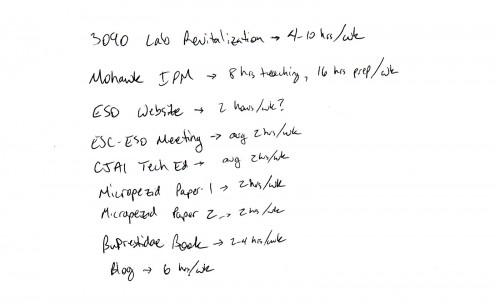
An example of poorly estimated time commitments (and poor penmanship)
You probably guessed that those 6 hours/week of blogging didn’t happen, with much of that time being spent on lecture preparation. The amount of time needed to prepare lectures from scratch really blew me away, and I usually ended up spending at least one day on the weekend plus all day Monday & Tuesday getting ready for my 5 hour lecture on Wednesday. Because IPM isn’t my area of expertise, a lot of my time was spent on background research, getting up to speed on topics before trying to teach it back to my students. Theoretically that prep time would go down if I was teaching something I was more familiar with (i.e. taxonomy or general insect diversity), but the decrease probably wouldn’t be that dramatic. I must admit that I learned and retained more having to teach these topics than I did as a student sitting through class…
2) Five hour lectures require creativity (and a good night’s sleep)
A 5 hour class is not an ideal learning environment, especially for a group of students who would much prefer to be outside! In order to try and retain their attention, I broke my class into 4 segments with short breaks in between: 1 hour of review & quiz covering the previous week’s work, 45 minute lecture on Topic A, 1 hour lecture on Topic B, and 1.5 hour pest identification lab. I found this worked pretty well, with the students still paying attention through most of the classes, and only occasionally head bobbing (which is pretty hilarious to see from the front of the room, albeit a little disheartening).
Trying to keep the students engaged for each of these lessons required a little more work. I found YouTube to be invaluable, providing a lot of great resources to help illustrate my points (and give me a chance to grab a sip of water). If you’re interested, I’ve created a playlist of all the videos I included (or promoted) in my lectures; 72 clips in all. Some of them might seem a little odd out of context, but they made sense (mostly). Of all the videos I showed, I think I got the largest reaction out of the early DDT propaganda videos; seems the students didn’t like the idea of eating their cereal with a helping of insecticide…
I tried to draw on my natural history & pop culture knowledge to draw the students into the topics. Whether it was using Jacob from the Twilight series to introduce the concept of the “silver bullet” (heh) or using movie plots to explain the differences between invasive species control tactics (Containment = Outbreak; Control = Night of the Living Dead; Eradication = Independence Day), by bringing pop culture references into the lecture I could usually get the students to show signs of life. My students also seemed to enjoy parasititism, so anytime I could find a way to work a parasite into a topic I did.
Also, it seems giving a 5 hour lecture is physically exhausting! I’m not sure whether it was the standing/pacing or the mental marathon to stay ahead of the students, but I was pretty wiped each afternoon following my class. Make sure to eat your Wheaties prior to teaching, and have something to drink nearby!
3) Blog posts are a great way to keep students engaged outside of the classroom
Every week I assigned my students a blog post to read, and rewarded those that read it with a bonus question on the next week’s quiz. It was a great way to expose the students to topics and stories that tied back to our lectures but which weren’t necessarily about IPM. Judging by how many students got the bonus question correct each week I think they enjoyed the posts as well. Here are the posts I assigned over the semester (they’re all worth a read, believe me):
The Home Bug Garden – Clivia Foodweb: Part II
Not Exactly Rocket Science – The world’s biggest market (and it’s underground)
This Scientific Life – Berry Butts: Parasitized Black Ants Resemble Red Berries
The Beacon News – Hunting for the super-bug
Not Exactly Rocket Science – Since pythons invaded, Florida’s mammal populations have crashed
BioBlog – blood-sucking vampire moths!
Not Exactly Rocket Science – Scientists and tourists bring thousands of alien seeds into Antarctica
About.com Insects – Before You Mulch, Read This
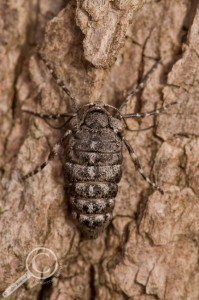
Look Ma, no wings! (female Fall Cankerworm - Alsophila pometaria)
4) Seeing a student make a breakthrough makes all the hard work worthwhile!
It’s amazingly rewarding when a student asks a question that shows they’re engaged and curious about a topic. Case in point, while discussing gypsy moths (Lymantria dispar) I noted that adult females don’t fly, instead waiting for males to come to them. Having discussed the Fall Cankerworm1 a few minutes earlier, one of my students eagerly asked why female gypsy moths invest energy in developing wings which they never use2? Suffice to say I could hardly answer because I was geeking out over the question! Not only was she clearly connecting the dots between ideas, but she was applying advanced ecological & evolutionary concepts to something she’d only just been introduced to! SO AWESOME. It was these sort of moments that made every second I spent on lecture preparation worthwhile!
Of all the things I learned over the course of the semester, the most important was that I really enjoy teaching! I’ve had some experience with teaching before3, but never to this degree. There are certainly some areas of my teaching that I’d like to improve on moving forward, but overall the semester was a success, and my students walked away happy (or so they tell me at least). This course was a nice confirmation that I’m heading down the correct career path, and I’m already excited to give it another shot in the future.
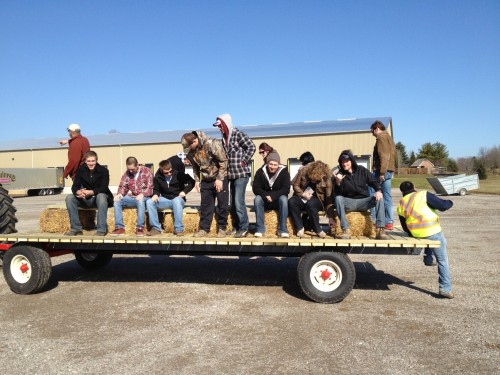
My class on our grower field trip. Thanks for a great semester everyone!
——————————–
1 – Female Fall Cankerworms are also flightless, but have wings that are reduced to tiny little stubs.
2 – This is almost an exact quote, she actually said “invest energy”. It blew my mind in a good way!
3 – I’ve given several guest lectures at the University of Guelph and was a teacher’s assistant on an entomology field course.

